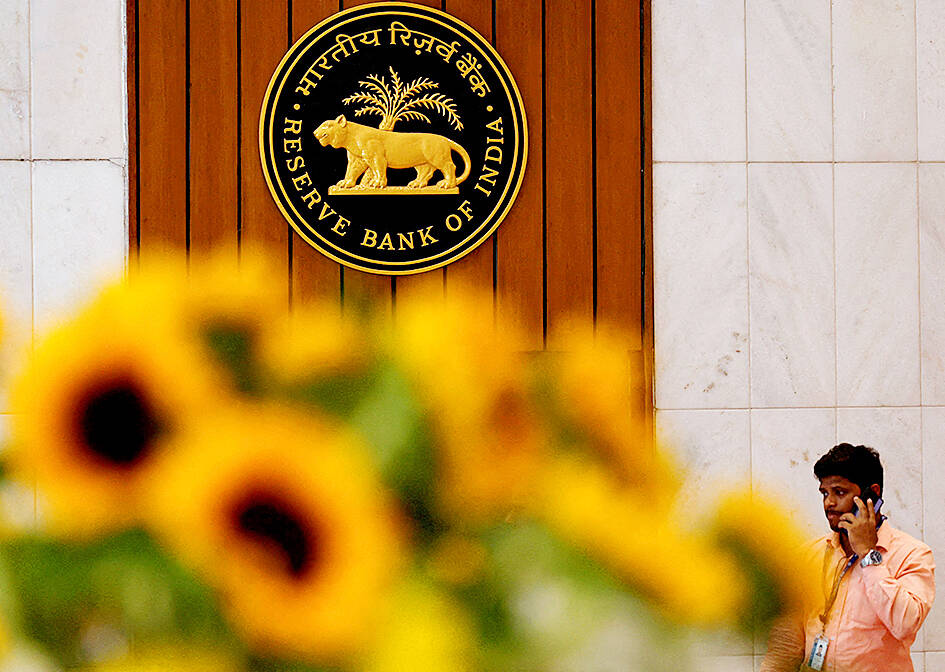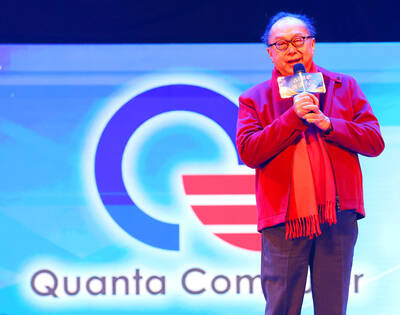US President Donald Trump’s bruising blast of tariffs last week has thrown emerging market central banks a fresh curve ball with many now forced to make the tough choice between supporting economic activity and keeping fragile currencies stable.
Economies such as India and Indonesia had until now taken a cautious approach to interest rate cuts, keen to avoid the kinds of market meltdowns that have roiled their economies in past decades.
However, some of those market stability concerns are now taking a back seat as policymakers grow more worried about economic fundamentals. Analysts said that means some emerging market central banks could cut rates more aggressively than a more ambivalent US Federal Reserve.

Photo: Francis Mascarenhas, Reuters
"I think that this kind of reconfiguration of economic priorities is likely to mean local currencies could face more headwinds this year as their banks shore up growth through easing monetary policy," Invesco Asset Management Ltd global market strategist for Asia Pacific David Chao (趙耀庭) said.
This meant that central banks in Asia, for the first time, could be easing ahead of the Fed, Chao added.
Emerging markets have historically been extremely vulnerable to sharp interest rates divergence with the US, which has triggered capital flight often with destabilising political and economic consequences.
Worsening already battered investor confidence last week were comments from Fed Chair Jerome Powell that suggested the bank would be in no rush to cut rates further, even as global markets tumbled.
That "wait and see" approach is a stark contrast to market pricing, which shows expectations for almost five quarter-point cuts in US rates this year.
To be sure, many emerging markets over the past decades made their systems more resilient by building up foreign exchange reserves, heightening market surveillance and increasing fiscal discipline.
India delivered its first rate cut in five years in February but has in recent months also sought to mitigate a cash crunch in its banking system through liquidity injections rather than more rate cuts, which would pressure the rupee.
Tariffs, however, have changed that. India’s central bank is widely expected to cut rates by at least 25 basis points this week although the tariffs have now raised expectations of a deeper cut and another 50 basis points in rate cuts during the year.
The challenges for emerging markets vary widely across regions and globally.
Indonesia, Southeast Asia’s largest economy, faces bigger constraints around rate cuts with its rupiah currency approaching lows not seen since the Asian financial crisis in 1998, weighed in part by investor concerns about the government’s spending plans.
The government is expected to intervene heavily to defend the currency when markets reopen after an 11-day holiday today.
"A sharply weaker rupiah will likely result in a much longer pause in policy rates than would otherwise be the case, even if the bias is still to cut rates over time," Mitsubishi UFJ Financial Group senior currency analyst Michael Wan said.
In Latin America, where most countries emerged with comparatively lower tariffs, central banks have broadly in recent months and years frontrun the Fed. However, the latest events will limit further room to manoeuvre.
Brazil could find itself in a particularly challenging situation as it seeks to manage unanchored inflation expectations after spending plans last year stoked fiscal concerns, sending the real currency to a record low.
Its central bank last month hiked rates by 100 basis points for the third consecutive time.
The Bank of Mexico, on the other hand, cut rates last month and warned of heightened uncertainty due to trade tensions amid a weakening economy. Mexico was not included in the slew of tariffs announced by Trump on Wednesday, but still faces previously announced 25 percent duties on a range of products.
"If you have lower growth, central banks, depending on whether they care about something else, should be cutting rates. But that might have an impact on the exchange rate that they don’t want," said Aurelie Martin at asset manager Ninety One, adding that she expected Asia and Mexico to be most affected.
"Many countries will likely have to face the dilemma again on whether they want to cut or hike into a recession."
The new risks from last week’s tariffs, however, are creating even less favourable tradeoffs for many policy deliberations than was the case before.
South Korea, no stranger to financial crises, is also expected to face pressure to open its fiscal and monetary spigots more quickly but remains acutely aware of the risks of doing so in its highly leveraged economy.
"There are talks about economic stimulus policies and there certainly is a need for those, but we need to make sure they do not undermine what we have achieved in the last two to three years over household debt," Bank of Korea Governor Rhee Chang-yong said last week after the tariff announcement.

Intel Corp chief executive officer Lip-Bu Tan (陳立武) is expected to meet with Taiwanese suppliers next month in conjunction with the opening of the Computex Taipei trade show, supply chain sources said on Monday. The visit, the first for Tan to Taiwan since assuming his new post last month, would be aimed at enhancing Intel’s ties with suppliers in Taiwan as he attempts to help turn around the struggling US chipmaker, the sources said. Tan is to hold a banquet to celebrate Intel’s 40-year presence in Taiwan before Computex opens on May 20 and invite dozens of Taiwanese suppliers to exchange views

Application-specific integrated circuit designer Faraday Technology Corp (智原) yesterday said that although revenue this quarter would decline 30 percent from last quarter, it retained its full-year forecast of revenue growth of 100 percent. The company attributed the quarterly drop to a slowdown in customers’ production of chips using Faraday’s advanced packaging technology. The company is still confident about its revenue growth this year, given its strong “design-win” — or the projects it won to help customers design their chips, Faraday president Steve Wang (王國雍) told an online earnings conference. “The design-win this year is better than we expected. We believe we will win

Quanta Computer Inc (廣達) chairman Barry Lam (林百里) is expected to share his views about the artificial intelligence (AI) industry’s prospects during his speech at the company’s 37th anniversary ceremony, as AI servers have become a new growth engine for the equipment manufacturing service provider. Lam’s speech is much anticipated, as Quanta has risen as one of the world’s major AI server suppliers. The company reported a 30 percent year-on-year growth in consolidated revenue to NT$1.41 trillion (US$43.35 billion) last year, thanks to fast-growing demand for servers, especially those with AI capabilities. The company told investors in November last year that

Power supply and electronic components maker Delta Electronics Inc (台達電) yesterday said it plans to ship its new 1 megawatt charging systems for electric trucks and buses in the first half of next year at the earliest. The new charging piles, which deliver up to 1 megawatt of charging power, are designed for heavy-duty electric vehicles, and support a maximum current of 1,500 amperes and output of 1,250 volts, Delta said in a news release. “If everything goes smoothly, we could begin shipping those new charging systems as early as in the first half of next year,” a company official said. The new